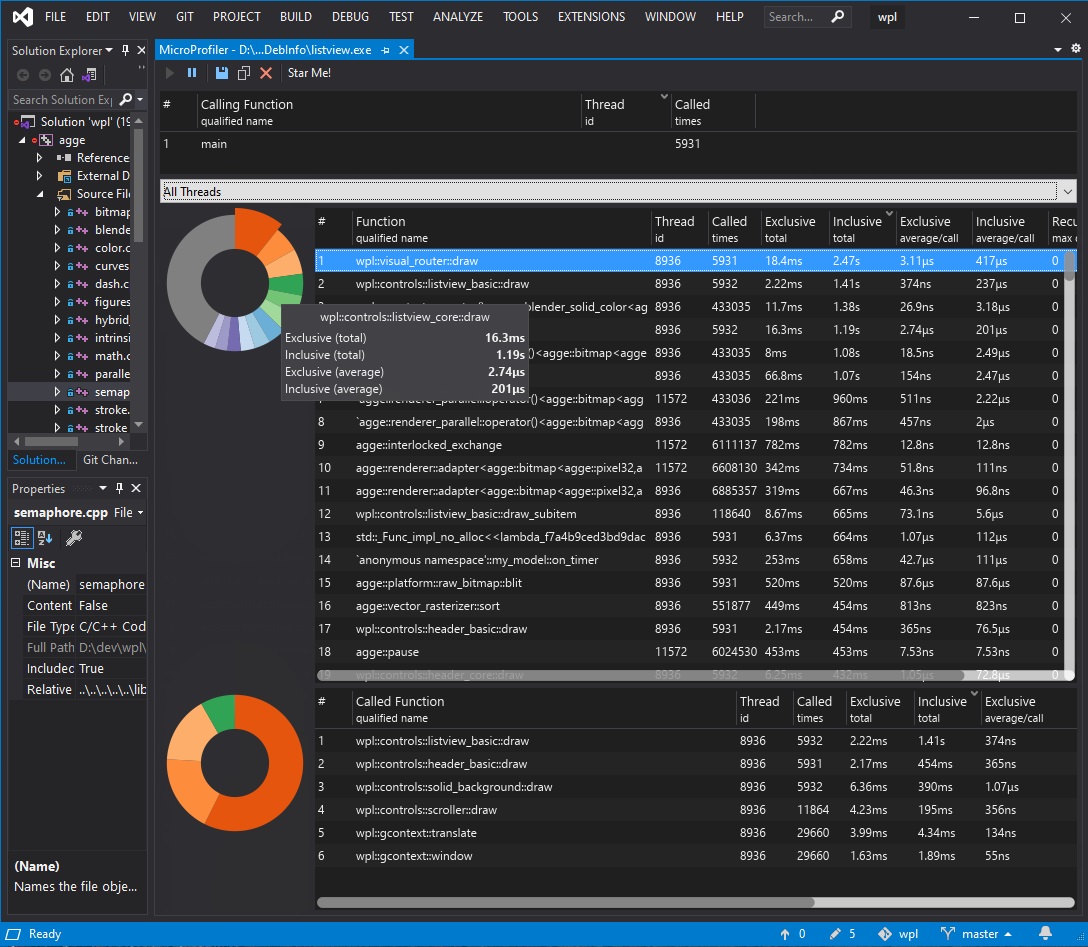

#Microsoft visual studio 2017 how to use isvisible windows#
Provides topics that describe how to use the control efficiently to avoid performance problems when working with large amounts of data.ĭefault Keyboard and Mouse Handling in the Windows Forms DataGridView Controlĭescribes how users can interact with the DataGridView control through a keyboard and a mouse.ĭifferences Between the Windows Forms DataGridView and DataGrid Controlsĭescribes how the DataGridView control improves upon and replaces the DataGrid control.Īlso see Using the Designer with the Windows Forms DataGridView Control. Performance Tuning in the Windows Forms DataGridView Control Provides topics that describe custom painting DataGridView cells and rows, and creating derived cell, column, and row types. Provides topics that describe how to program with cell, row, and column objects.Ĭustomizing the Windows Forms DataGridView Control Programming with Cells, Rows, and Columns in the Windows Forms DataGridView Control Provides topics that describe the cell, row, and column selection features in the control. Selection and Clipboard Use with the Windows Forms DataGridView Control Provides topics that describe how to change the way users add and modify data in the control.

Provides topics that describe the sorting features in the control.ĭata Entry in the Windows Forms DataGridView Control Sorting Data in the Windows Forms DataGridView Control Provides topics that describe how the size of rows and columns can be adjusted automatically to fit cell content or to fit the available width of the control. Resizing Columns and Rows in the Windows Forms DataGridView Control Provides topics that describe how to populate the control with data either manually, or from an external data source. Provides topics that describe how to modify the basic appearance of the control and the display formatting of cell data.ĭisplaying Data in the Windows Forms DataGridView Control Provides topics that describe commonly-used cell, row, and column properties.īasic Formatting and Styling in the Windows Forms DataGridView Control Provides topics that describe the architecture and core concepts of the Windows Forms DataGridView control.ĭefault Functionality in the Windows Forms DataGridView Controlĭescribes the default appearance and behavior of the Windows Forms DataGridView control when it is bound to a data source.Ĭolumn Types in the Windows Forms DataGridView Controlĭescribes the column types in the Windows Forms DataGridView control used to display data and allow users to modify or add data.īasic Column, Row, and Cell Features in the Windows Forms DataGridView Control The topics in this section describe the concepts and techniques that you can use to build DataGridView features into your applications. Many types of data stores can be used as a data source, or the DataGridView control can operate with no data source bound to it. You can easily customize the appearance of the DataGridView control by choosing among several properties. For example, you can programmatically specify your own sorting algorithms, and you can create your own types of cells. You can extend the DataGridView control in a number of ways to build custom behaviors into your applications. You can use the DataGridView control to show read-only views of a small amount of data, or you can scale it to show editable views of very large sets of data. The DataGridView control provides a powerful and flexible way to display data in a tabular format.


 0 kommentar(er)
0 kommentar(er)
